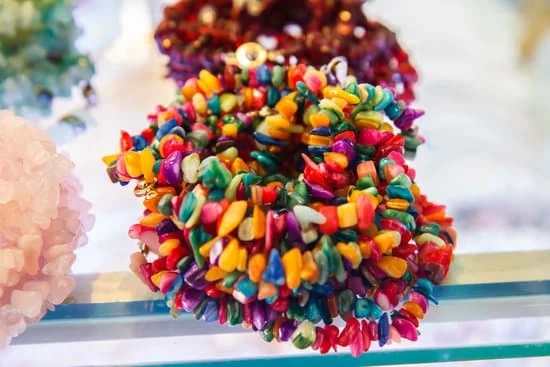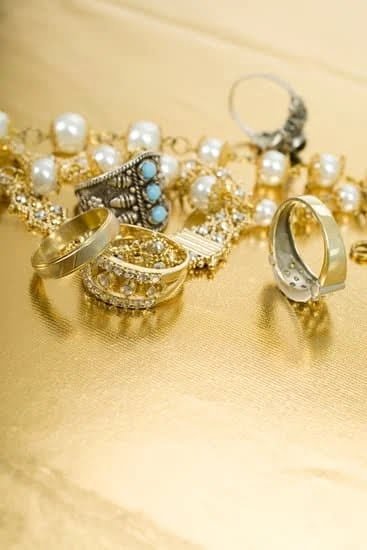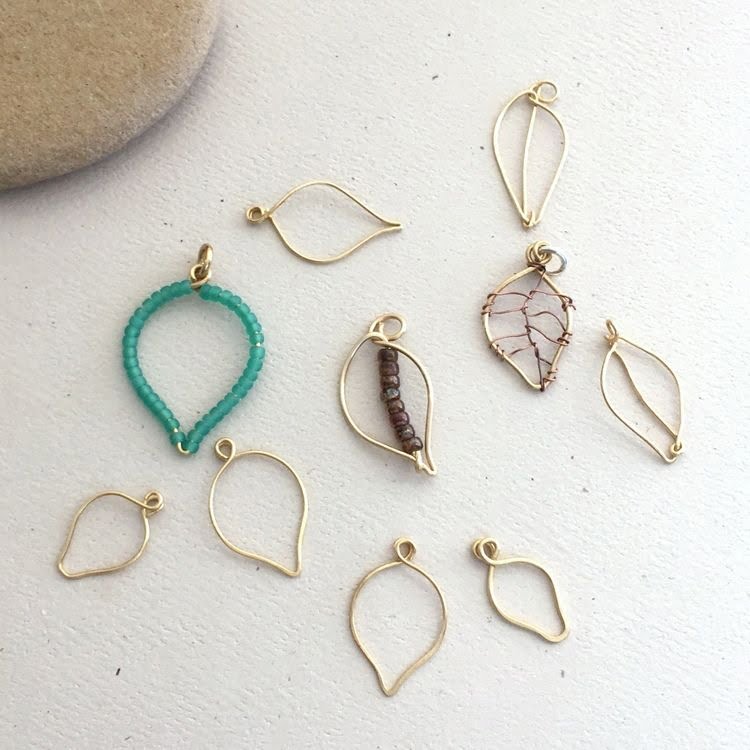The history of royal jewelry is a captivating journey through the opulence, symbolism, and artistry of adornments worn by monarchs throughout the ages. From ancient civilizations to modern-day royalty, royal jewelry has held a significant cultural and historical significance. This section will delve into the allure and importance of royal jewelry, exploring its evolution over time and its enduring impact on society.
Throughout history, royal jewelry has served as a symbol of power, prestige, and wealth. From the elaborate pieces worn by ancient Egyptian pharaohs to the intricate designs favored by medieval monarchs, these adornments have been steeped in tradition and symbolism. As we uncover the stories behind these exquisite pieces, we gain insight into the artistic expression and craftsmanship that have defined royal jewelry for centuries.
In addition to exploring the historical significance of royal jewelry, this section will also highlight its cultural impact and enduring legacy. The evolution of royal jewelry from ancient times to the present day reflects not only changes in fashion and design but also shifts in societal values and traditions. By examining notable collections from around the world, we can appreciate the lasting influence of royal jewelry on art, fashion, and history itself.
Ancient Royal Jewelry
Egyptian Royal Jewelry
One of the most renowned ancient civilizations for its exquisite jewelry is Egypt. The pharaohs and noble classes adorned themselves with elaborate pieces made from precious metals and gemstones. Symbolism played a crucial role in Egyptian royal jewelry, with motifs such as the Scarab beetle representing rebirth and eternal life. The famous funerary mask of King Tutankhamun is a testament to the mastery of ancient Egyptian jewelers, showcasing an array of stunning pieces including collars, bracelets, and pectorals.
Roman and Greek Royal Jewelry
In both Rome and Greece, royal jewelry was a reflection of power and prestige. Gold was highly prized by both cultures and was used extensively in creating luxurious ornaments for emperors, empresses, and other members of the aristocracy. Intricate filigree work, cameos, intaglios, and colorful gemstones were popular in Roman jewelry while Greek artisans excelled at crafting delicate gold wreaths, earrings, and necklaces. These ancient pieces continue to inspire contemporary jewelry designers with their timeless beauty.
As we delve into the opulent world of ancient royal jewelry from Egypt to Rome to Greece, it becomes clear that these treasures serve not only as tangible artifacts but also as remarkable testaments to human creativity and ingenuity throughout history. Whether they are displayed in museums or preserved within archaeological sites, these magnificent jewels continue to captivate our imagination with their enduring allure.
Medieval Royal Jewelry
During the medieval period, royal jewelry was not only a symbol of wealth and power but also held significant religious and symbolic meaning. The jewelry worn by medieval monarchs and nobility often reflected the social hierarchy and religious beliefs of the time, with intricate designs that were rich in symbolism.
The Significance of Medieval Royal Jewelry
Medieval royal jewelry was more than just decorative adornments; it played a crucial role in conveying messages of power, authority, and allegiance. For example, crowns were adorned with precious gemstones and intricate metalwork to symbolize the divine right to rule, while rings and brooches often featured religious symbols such as crosses or figures of saints to demonstrate piety and divine favor.
The Intricate Designs of Medieval Jewelry
The craftsmanship of medieval royal jewelry was renowned for its exquisite detail and complexity. Goldsmiths and jewelers utilized intricate filigree work, enameling techniques, and meticulous gemstone settings to create pieces that were not only visually stunning but also rich in historical and cultural significance. From elaborate reliquary pendants containing sacred relics to intricately carved signet rings used for sealing important documents, medieval royal jewelry was a true testament to the skill and artistry of the craftsmen of that era.
The Symbolism in Medieval Royal Jewelry
Symbolism played a crucial role in medieval royal jewelry, with each piece conveying specific meanings and messages. For example, animal motifs such as lions or eagles were commonly used to represent strength and courage, while floral designs symbolized purity and fertility.
Additionally, the use of specific gemstones held symbolic significance; for example, rubies were associated with royalty and power, while sapphires represented loyalty and wisdom. Understanding the symbolism behind medieval royal jewelry provides valuable insight into the beliefs, values, and culture of this fascinating historical period.
Renaissance Royal Jewelry
The Renaissance period was a time of immense creativity and innovation in the world of art and jewelry. It marked a significant shift in the style and craftsmanship of royal jewelry, with a focus on intricate designs, exquisite gemstones, and symbolic motifs. The use of vibrant colors, detailed enamel work, and the incorporation of new gem-cutting techniques made Renaissance royal jewelry highly sought after and esteemed.
One of the most iconic features of Renaissance royal jewelry was the use of symbolism. Monarchs used jewelry not only as a display of wealth and power but also to convey messages and represent allegiances.
Motifs such as fleur-de-lis, roses, dolphins, and mythical creatures were commonly used to symbolize various aspects of royalty, religion, love, and loyalty. This attention to detail and symbolism added an extra layer of meaning to each piece of jewelry, making them truly unique works of art.
A notable development in Renaissance royal jewelry was the introduction of the pendant. Pendants became a popular accessory worn by both men and women in royal courts across Europe. These pendants were often adorned with intricate designs, pearls, or precious gemstones, further showcasing the craftsmanship and attention to detail that defined Renaissance jewelry. The demand for such exquisite pieces led to the establishment of several renowned workshops specializing in creating fine jewelry for royalty.
| Renaissance Royal Jewelry Feature | Description |
|---|---|
| Symbolism | The use of symbolic motifs such as fleur-de-lis, roses, dolphins, and mythical creatures added deeper meaning to Renaissance royal jewelry. |
| Pendants | The introduction of pendants as popular accessories showcased intricate designs adorned with pearls or precious gemstones. |
| Workshops | Renaissance royal jewelry led to the establishment of renowned workshops specializing in creating fine pieces exclusively for royalty. |
Royal Jewelry in the 18th and 19th Centuries
The 18th and 19th centuries were a time of opulence and grandeur in the world of royal jewelry. Monarchs during the Georgian and Victorian eras spared no expense when it came to adorning themselves with exquisite jewelry, using it as a symbol of wealth, power, and status. The jewelry of this time period was characterized by intricate designs, precious gemstones, and elaborate craftsmanship that reflected the lavish lifestyle of royalty.
During the Georgian era, royal jewelry was often adorned with diamonds, emeralds, rubies, and sapphires, which were sourced from colonies and trade routes established during the British Empire’s expansion. The use of these gemstones in combination with intricate metalwork created breathtaking pieces that showcased the unprecedented wealth of monarchs. Additionally, symbolic motifs such as love knots, floral designs, and serpents were commonly used in Georgian royal jewelry to convey messages of love or power.
In contrast, the Victorian era saw a shift in royal jewelry design influenced by Queen Victoria’s personal style. Mourning jewelry became popular after the death of Prince Albert, leading to an increase in the use of black jet, onyx, and dark gemstones in royal pieces.
During this time period, sentimental motifs such as hearts, flowers, and lockets also gained popularity, reflecting Queen Victoria’s romantic inclinations. The evolution of royal jewelry during the 18th and 19th centuries not only captured the elegance and grandeur of each era but also reflected the cultural and societal changes that occurred during these periods.
- Intricate designs with precious gemstones
- Symbolic motifs conveying messages of love or power
- Influence of Queen Victoria’s personal style
Modern Royal Jewelry
Throughout the 20th and 21st centuries, royal jewelry has continued to evolve, reflecting changes in fashion, technology, and social norms. Modern royal jewelry incorporates a blend of traditional craftsmanship with contemporary design elements, offering a captivating glimpse into the evolving tastes of royalty. From dazzling tiaras to exquisite brooches and statement necklaces, modern royal jewelry continues to capture the imagination of people around the world.
Key trends in modern royal jewelry include a focus on versatility and wearability. While traditional pieces may have been reserved for formal occasions, contemporary royals are often seen wearing their regal jewels in more casual settings, showcasing the timeless appeal of these pieces in everyday life. Additionally, there is a trend toward incorporating meaningful symbolism into modern royal jewelry, whether through personalized motifs or the use of rare gemstones with historical significance.
Notable examples of modern royal jewelry include the iconic engagement ring worn by Princess Diana and later by Kate Middleton, featuring a stunning sapphire surrounded by diamonds. Similarly, Meghan Markle’s engagement ring from Prince Harry showcases a unique combination of precious gems that reflect her personal style while honoring traditional design elements. These pieces serve as reminders of the enduring allure and cultural significance of royal jewelry in the modern era.
- Evolution of design in modern royal jewelry
- Versatility and wearability trends
- Symbolism in contemporary royal jewelry
Notable Royal Jewelry Collections
One of the most fascinating aspects of the history of royal jewelry is the remarkable and iconic collections that have been amassed by royal families from around the world. These collections serve as a testament to the opulence, craftsmanship, and cultural significance of royal jewelry throughout history. Each piece in these collections has a story to tell, reflecting the heritage, power, and prestige of the royal families who owned them.
From the dazzling diamonds of the British Crown Jewels to the magnificent imperial treasures of the Russian tsars, notable royal jewelry collections offer a glimpse into a world of splendor and luxury. The exquisite craftsmanship and breathtaking beauty of these pieces have captivated people for centuries, showcasing the wealth and grandeur of royal dynasties.
In addition to their aesthetic appeal, these collections also hold great historical value. Many pieces have been passed down through generations, serving as symbols of continuity and tradition within royal families.
Some pieces have even played integral roles in significant historical events, further adding to their allure and intrigue. The stories behind these collections not only shed light on the lives of royalty but also provide insight into the cultural and artistic influences that shaped the world of royal jewelry throughout history.
The Legacy of Royal Jewelry
In conclusion, the history of royal jewelry is a fascinating and rich tapestry that weaves together the opulence, symbolism, and craftsmanship of different eras and cultures. From the ancient adornments of Egypt, Rome, and Greece to the intricate designs of medieval monarchs and the exquisite craftsmanship of the Renaissance period, royal jewelry has always held a special place in both historical and cultural contexts.
As we journey through the 18th and 19th centuries, we witness the elegance and grandeur of royal jewelry during the Georgian and Victorian eras, where intricate designs and luxurious gemstones became synonymous with royalty. The evolution of royal jewelry continued into the modern era, as iconic pieces worn by contemporary royals continue to capture our imagination.
Throughout this exploration of royal jewelry, it becomes clear that these magnificent adornments are not merely decorative accessories but reflections of power, wealth, status, and symbolism. The legacy of royal jewelry is one that has left an indelible mark on our cultural heritage, showcasing both individual artistic expression and collective societal values.
As we look back on the history of royal jewelry, we are reminded of its lasting impact as a source of fascination, inspiration, and admiration for generations to come.
Frequently Asked Questions
What Is the Oldest Piece of Royal Jewelry?
The oldest piece of royal jewelry is believed to be the Crown of Princess Blanche, dating back to the 14th century. This crown is a valuable historical artifact with intricate designs and precious gemstones.
How Did the Royal Family Get Their Jewels?
The royal family acquired their jewels through various means, including inheritance, gifts from foreign dignitaries, and purchases made by monarchs throughout history. Some pieces have been passed down through generations.
Where Did the Jewels on the Queen’s Crown Come From?
The jewels adorning the Queen’s crown have a rich history, with many of them originating from older crowns and royal collections. Some of the gemstones were also acquired through colonial expansion and trade over the centuries.

Welcome to my jewelry blog! My name is Sarah and I am the owner of this blog.
I love making jewelry and sharing my creations with others.
So whether you’re someone who loves wearing jewelry yourself or simply enjoys learning about it, be sure to check out my blog for insightful posts on everything related to this exciting topic!





